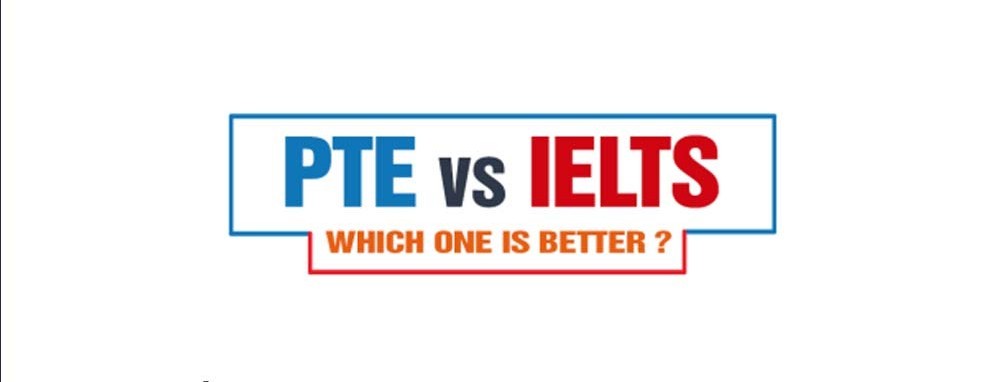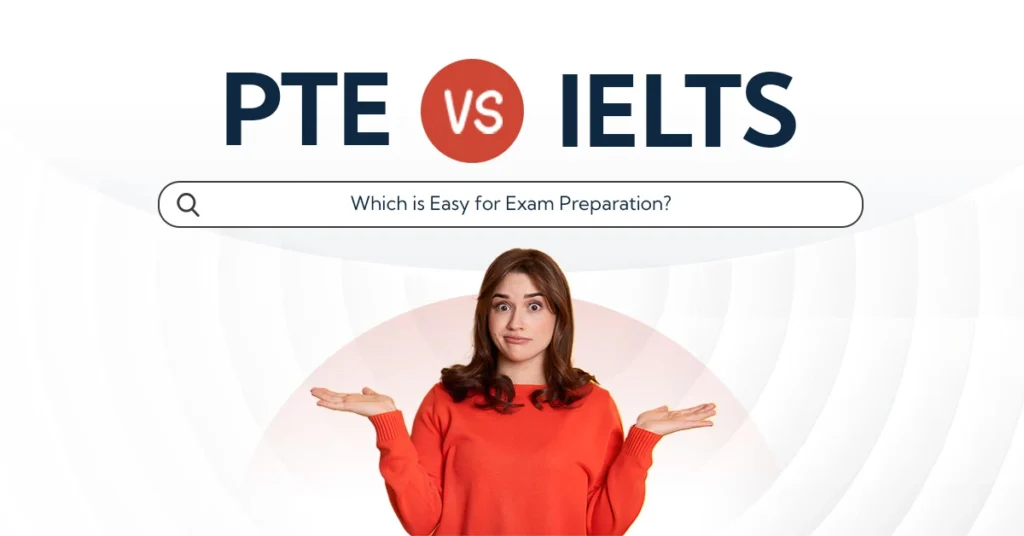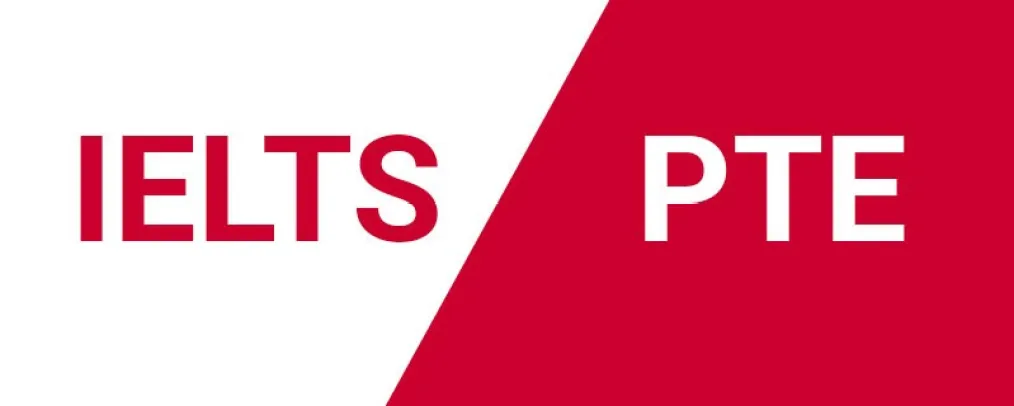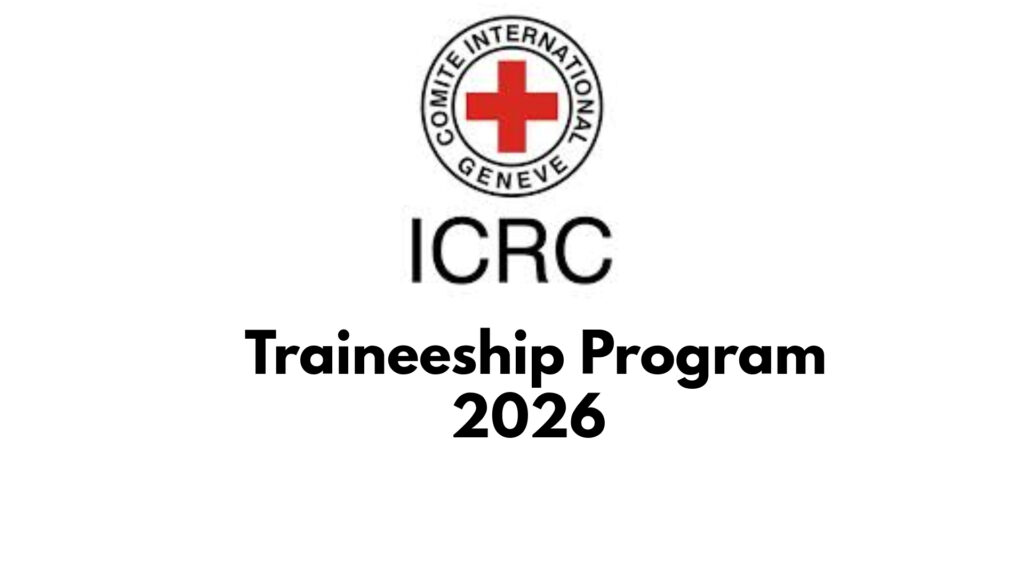The International English Language Testing System IELTS vs PTE Pearson Test of English is a major decision for anyone aiming to study, work, or migrate to an English-speaking country. Both are globally recognized English proficiency tests, but they differ in structure, delivery, scoring, acceptance, and user experience. This comprehensive analysis will help you decide which test suits your needs best. Today we will discuss, IELTS VS PTE Which is Better for Australia, USA, UK, Canada, New Zealand, Germany and other European countries.

Table of Contents
IELTS VS PTE Which is Better
IELTS (International English Language Testing System)
ELTS is one of the oldest and most well-established English proficiency tests, which managed by the British Council, IELTS Australia, and Cambridge Assessment English. It comes in two versions:
- IELTS Academic: For students applying to universities or professional registration.
- IELTS General Training: For immigration, work, or non-academic purposes.
The test assesses only four language skills: Listening, Reading, Writing, and Speaking.
There are over 12,500 organizations across 150+ countries including all immigration departments of major English-speaking nations (UK, Australia, Canada, New Zealand) which are accepting International English Language Testing System. It holds a 30+ year legacy as the gold standard for universities, employers, and governments .
IELTS can be taken:
- On paper or computer (depending on location).
- The speaking test is conducted face-to-face with an examiner.
PTE (Pearson Test of English Academic)
PTE is a computer-based English test designed by Pearson PLC, introduced as a modern alternative to traditional testing methods. It also assesses the same four skills (Listening, Reading, Writing, Speaking), but is fully automated, using AI to score responses.
PTE comes in multiple forms:
- PTE Academic (for study and visa applications).
- PTE General (for work/life purposes).
- PTE Academic Online (at-home version for some institutions).
There are over 3,500 organizations primarily in Australia, the US, and the UK. Notably., which are accepting Pearson Test of English Academic. PTE Core is accepted only for Canadian immigration, while PTE Academic applies elsewhere. It lacks acceptance for UK work/study visas and Australian/New Zealand immigration. That’s why there is not relation IELTS vs PTE tests.
IELTS VS PTE (Key Factors)

This article presents an in-depth comparison of IELTS vs PTE, covering everything from format and difficulty level to acceptance, scoring, and ideal candidate profiles.
Global Acceptance and Recognition
- IELTS: Accepted by over 11,500 organizations worldwide, including universities, immigration authorities, and professional bodies. It is the preferred test for the UK, Australia, Canada, and New Zealand.
- PTE: Accepted by over 3,300 organizations globally, including many universities in Australia, Canada, the USA, New Zealand, and the UK. However, some institutions and countries may not accept PTE, so always check requirements before booking.
Test Structure
IELTS
- Four Sections: Listening, Reading, Writing, and Speaking.
- Duration: Approximately 2 hours and 45 minutes.
- Order: Listening, Reading, Writing (all on the same day), Speaking (either on the same day or within a week before/after).
- Formats: Paper-based and computer-based options are available.
- Listening: 30 minutes
- Reading: 60 minutes
- Writing: 60 minutes (2 tasks)
- Speaking: 11-14 minutes (with a live examiner)
PTE
- Three Sections: Speaking & Writing (combined), Reading, Listening.
- Duration: 2 to 2 hours and 20 minutes.
- Order: All sections are completed in one sitting, on the computer.
- Format: Entirely computer-based.
- Speaking & Writing: 54–67 minutes (combined)
- Reading: 29–30 minutes
- Listening: 30–43 minutes
PTE is shorter and more integrated, with some tasks combining multiple skills (e.g., listening and speaking).
Test Content and Task Types
IELTS
- Listening: 4 recordings, 40 questions, 30 minutes.
- Reading: 3 texts, 40 questions, 60 minutes.
- Writing: 2 tasks (essay and report/letter), 60 minutes.
- Speaking: 3 parts, 15 minutes, face-to-face or video call.
PTE
- Speaking & Writing: 54–67 minutes, includes reading aloud, essay writing, summarizing spoken texts, and more.
- Reading: 30 minutes, 5 task types.
- Listening: 30–43 minutes, 8 task types, including dictation and fill-in-the-blanks.
Task Comparison Table IELTS vs PTE
| Skill | IELTS Tasks | PTE Tasks |
|---|---|---|
| Listening | 4 recordings, 40 questions | 8 tasks, 30–43 mins |
| Reading | 3 texts, 40 questions, 60 mins | 5 tasks, 30 mins |
| Writing | 2 tasks, 60 mins | Integrated with Speaking, 54–67 mins |
| Speaking | 3 parts, 15 mins, face-to-face | Computer-based, integrated with Writing |
Test Delivery
- IELTS: Offers both paper-based and computer-based formats, giving flexibility to candidates who prefer traditional exam methods or are more comfortable typing.
- PTE: Only available as a computer-based test. Test-takers must be comfortable with typing and using a microphone.
Key Point: If you are not confident with computers, IELTS offers a paper-based alternative.
Speaking Assessment
- IELTS: The Speaking test is conducted face-to-face with a trained examiner or via a video call. This allows for human interaction, assessment of body language, and clarification if needed.
- PTE: The Speaking section is recorded and assessed by AI software. You speak into a microphone, and the computer evaluates your fluency, pronunciation, and content.
Fairness and Objectivity
IELTS
- Human scoring brings subjectivity
- The accent or speaking style might influence an examiner’s perception
- Writing is also assessed by humans, making consistent grading harder
PTE
- Entirely AI-scored, ensuring standardization and consistency
- Speaking is scored based on fluency, pronunciation, and content with no human bias
- Writing is evaluated using algorithms trained on thousands of responses
Scoring System
IELTS
- Band Scale: 0 to 9, with increments of 0.5.
- Sections: Each section receives a band score; the overall score is the average.
- Criteria: Human examiners use detailed descriptors for Writing and Speaking, focusing on task response, coherence, vocabulary, and grammar.
PTE
- Score Range: 10 to 90, in 1-point increments.
- Sections: Scores for overall performance, communicative skills, and enabling skills (grammar, oral fluency, pronunciation, spelling, vocabulary, written discourse).
- Scoring: Entirely automated, using AI to ensure objectivity.
Score Comparison
| IELTS Band | PTE Score (Approx.) |
| 5.0 | 40.8 |
| 6.0 | 51.6 |
| 6.5 | 58.5 |
| 7.0 | 66.3 |
| 7.5 | 74.6 |
| 8.0 | 82.3 |
| 8.5 | 88.1 |

Test Preparation and Resources
- IELTS: Extensive preparation materials, practice tests, and courses are available globally. Many candidates find the variety and depth of IELTS resources helpful for thorough preparation.
- PTE: Fewer resources compared to IELTS, but the number is growing. Some candidates may find it harder to find comprehensive practice materials for PTE.
Advantages and Disadvantages
PTE: Advantages
- Faster results (within 48 hours)
- Fully computer-based: Consistent experience and scoring
- Objective, AI-based scoring: Eliminates human bias
- Shorter test duration: Less fatigue and stress
- Integrated skills: Tests real-life English usage
PTE: Disadvantages
- Limited acceptance: Not all institutions or countries accept PTE
- AI scoring issues: May misinterpret accents or speech patterns
- Computer skills required: Not suitable for those uncomfortable with technology
IELTS: Advantages
- Wider acceptance: Recognized by more organizations worldwide
- Human interaction: Speaking test with an examiner
- Flexible formats: Paper-based and computer-based options
- One Skill Retake: Retake only one section if needed (in some locations
IELTS: Disadvantages
- Slower results: Up to 13 days for paper-based tests
- Subjective scoring: Possible human bias in Speaking and Writing
- Longer test duration: More tiring for some candidates
Pros and Cons
| Feature | IELTS | PTE |
|---|---|---|
| Mode | Paper/Computer | Only Computer |
| Speaking Test | Face-to-face | AI Microphone |
| Scoring | Human | AI-Based |
| Result Time | 3-13 Days | 1-3 Days |
| Fairness | Some Subjectivity | More Objective |
| Test Length | 2 hr 45 min | ~2 hrs |
| Immigration | Accepted by All | Limited (just expanding) |
| Typing Required | Optional (paper-based) | Mandatory |
| Recognition | Very High (Global) | Increasing Rapidly |
| Accent Sensitivity | May effect score | AI Scored, Accent neutral |
Result Timelines
- PTE: Results are typically available within 48 hours, making it ideal for candidates with tight deadlines.
- IELTS: Computer-based results are released in 1–5 days; paper-based results take up to 13 days.
Tips for Choosing the Right Test
- Check your target institution or immigration authority’s requirements. Some accept both; others may prefer one.
- Try sample tests for both to see which format suits you better.
- Consider how comfortable you are with typing vs handwriting, and computers in general.
- If you’re in a hurry, go for PTE – results come quicker.
- If you’re unsure about AI scoring, IELTS may feel more human and natural.
Conclusion
In this article, IELTS VS PTE Which is Better, both PTE and IELTS are excellent English proficiency tests, each with unique strengths and weaknesses. Understanding the detailed differences in format, scoring, recognition, and user experience helps you make the right choice. The best choice depends on your personal preferences, target destination, and comfort with technology.
- PTE is ideal for those seeking a fast, fully computer-based, and objectively scored test, provided their chosen institution or country recognizes it.
- IELTS is the safer option for candidates seeking global acceptance, human interaction, and flexibility in test format.
Before booking your test:
- Check the requirements of your target university, employer, or immigration authority.
- Consider your comfort with computers and test environments.
- Review available preparation resources and practice tests.
Making an informed decision will maximize your chances of success and help you achieve your academic, professional, or migration goals. we hope this article, IELTS vs PTE, will be helpful for you to take any decision for your goals.


